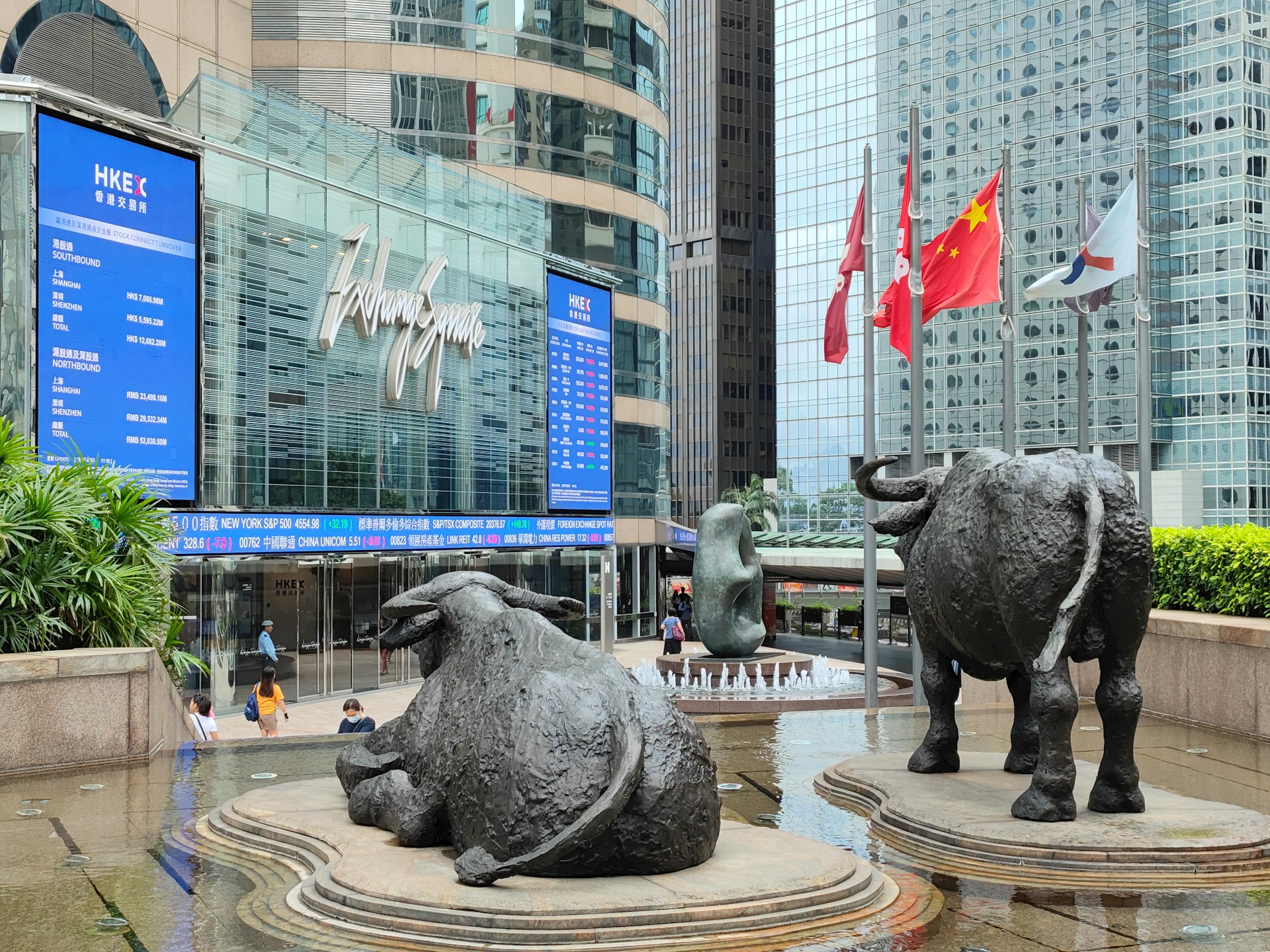Hong Kong stocks just broke their three-week winning streak. On the surface, it’s a mild pullback: the Hang Seng dipped 2.4% for the week despite Friday’s marginal rebound. But look closer, and you’ll see a deeper signal emerging—one that has nothing to do with tariffs, and everything to do with business model fragility.
The platform math that used to work in China’s growth machine is starting to break. And the cracks are showing up not just in sentiment, but in earnings reports.
When China Petroleum & Chemical Corp—better known as Sinopec—warns of a 40–44% first-half profit drop, it doesn’t just speak to oil prices. It’s a margin architecture problem.
Sinopec is one of China’s most vertically integrated industrial engines. It owns access, infrastructure, and political air cover. If even that machine can’t hold margins amid global demand stabilization, it signals that domestic cost structures are compressing faster than pricing models can adjust.
This isn’t about missing consensus. It’s about the math of scale—where volume no longer translates into defensible profit. For product builders and strategy leads, it’s a warning: don’t mistake presence for performance.
Markets rallied in early July on hopes that US-China tensions might cool. But those hopes were priced into indexes—without a corresponding recovery in consumer or industrial throughput.
Tariff relief is a macro-level lubricant. It lowers friction. But it doesn’t rebuild broken funnels or fix user behavior shifts. The Sands China slip—a mere 0.1% drop ahead of its earnings call—might seem like noise. But in context, it reinforces the broader pattern: spending funnels remain sluggish. Tourists are back in Macau. But discretionary spend velocity hasn’t returned to pre-pandemic levels.
That’s a hard truth for operators in platform-based models. Just because users show up doesn’t mean they convert—or stay.
This is the most important takeaway. For years, China’s major firms could smooth out product inefficiencies with sheer scale. State-linked industrials like Sinopec had policy backing. Casino operators relied on pent-up demand. Tech platforms surfed mobile-first adoption curves with minimal retention scrutiny.
That phase is over.
Now we’re seeing model-level fragility creep into quarterly earnings from the top down. If you’re building or operating in a growth market—especially across ASEAN—don’t assume China’s headline GDP figures will lift your model. Focus on unit economics. When upstream giants post earnings warnings, it usually means smaller players are absorbing margin pressure silently.
The Hang Seng Tech Index ended slightly up, posting a 0.2% gain. That’s not strength. That’s lag. In a week where the broader index fell, tech’s sideways movement reflects confusion—not conviction.
Founders and PMs should recognize this signal: investors are struggling to price China tech platforms because the monetization story has decoupled from usage metrics. Ad revenue, for instance, no longer scales linearly with traffic—especially with regulatory pressure, localization mandates, and consumer data fatigue mounting. If your platform play depends on usage-based monetization, and you’re seeing flat net revenue per MAU, this week’s market behavior should be flashing red.
This is where the real work begins. Across sectors—from energy to entertainment to digital services—earnings compression is becoming a structural feature, not a cyclical dip.
Macro relief (like potential tariff détente) will not rescue broken models. If your retention is weak, if your LTV is inflated by promo-heavy cohorts, if your GTM costs are backloaded and ignored—you’re exposed. We’re in a phase where unit economics must do more of the heavy lifting. External tailwinds are unreliable. Your product’s internal economics must be durable enough to withstand short-cycle shocks.
In this environment, the smartest teams won’t chase growth. They’ll interrogate their margins. Questions to ask:
- If we double volume, what breaks first—infra cost or user trust?
- Are our top users subsidizing our weak funnel, or actually defining it?
- What happens if our biggest market turns neutral instead of bullish?
The founders who scale responsibly now will outlast the ones who keep betting on recovery rallies.
This week’s market dip isn’t about sentiment fatigue. It’s about model limits being exposed, one earnings cycle at a time. The playbook is changing. Platforms that used to scale on volume must now prove they can survive on margin. Operators who relied on regulatory clarity must now build for uncertainty. And teams that ignored cost-to-serve metrics can no longer defer reckoning.
Sinopec’s numbers were the canary. Sands China’s flatline is the echo. Don’t wait for your own dashboard to confirm what’s already happening in the system. Because by the time it shows up in your earnings, it’s too late to course-correct.















